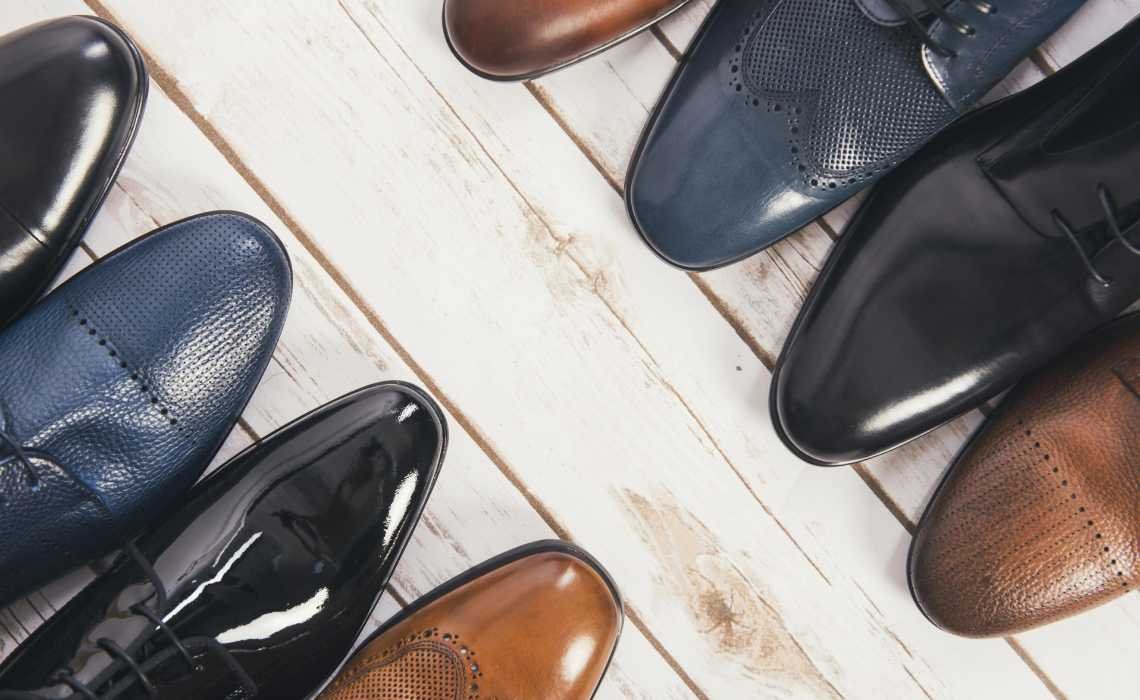Toe shapes occupy The design of a shoe’s toe is one of its most integral aesthetic elements, due to its prominent front location. As its shape determines much of how viewers interpret its overall shape. While there are various types of toe shapes out there, here I attempt to categorize and explain some traditional ones, along with those commonly misunderstood words such as chiseled.
Budapester toe
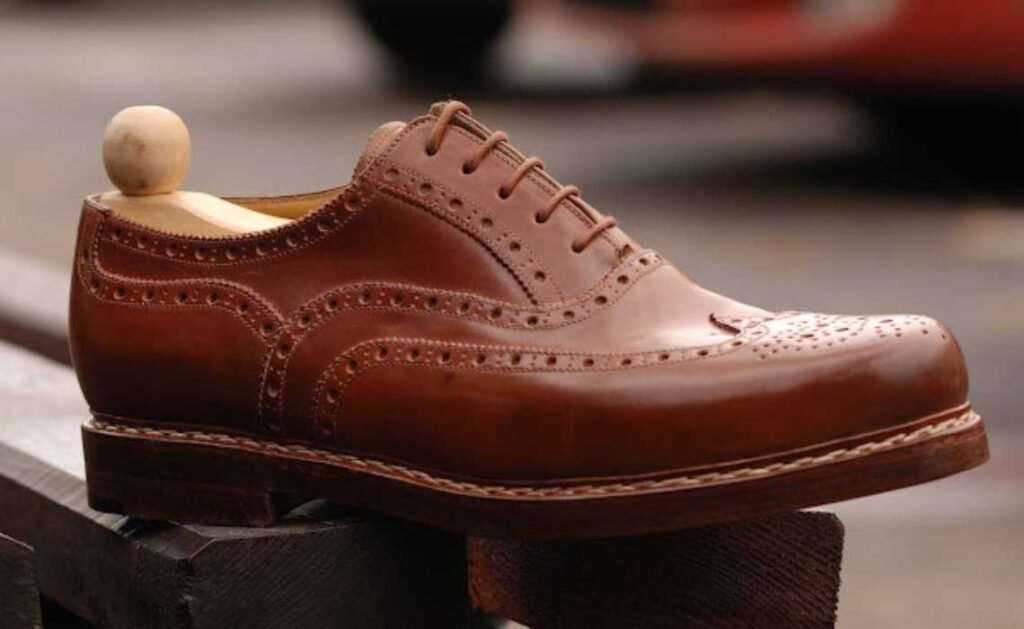
Budapester toe is a large and very spacious toe box originating in Austro/Hungarian shoe tradition and today especially popular across Germany and other eastern European nations. When seen from above, its shape appears very round while from the side it has an undulating curve which meets at an abrupt edge at its base; all sides of this type of toe feature sharp edges which could also be called “chiseled,” according to definition (see explanation below).
Furthermore, this type of toe may have quite short spaces between its largest toe and front part of shoe.
Classic Round
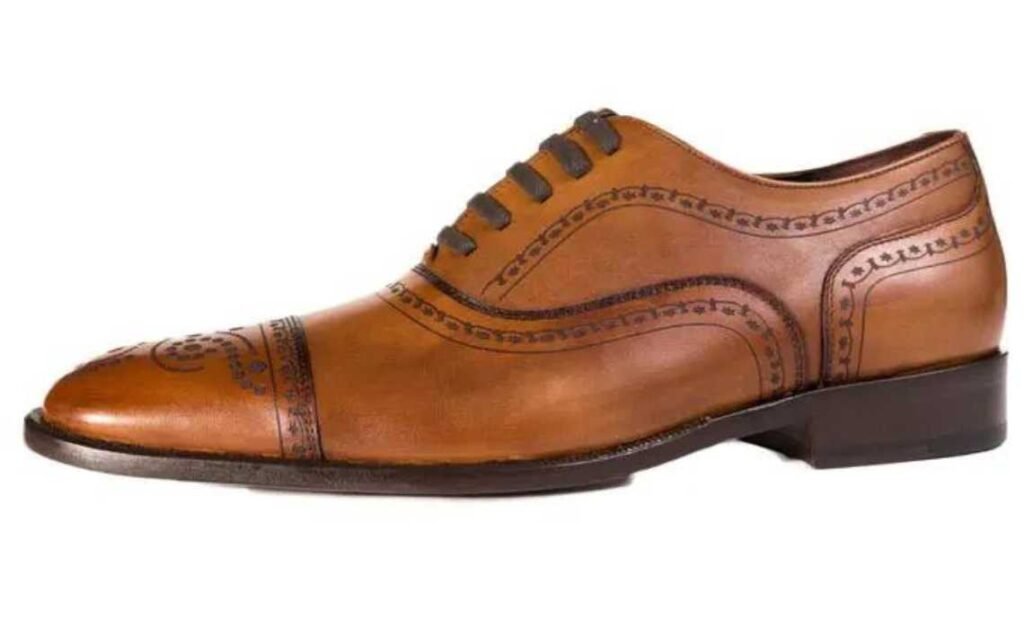
Classic Round is the most neutral of shoe shapes, making it appropriate for virtually every shoe model and location in the world. There’s no fuzziness here either: soft toe with room to breathe while edges have softly rounded shapes.
Almond toe
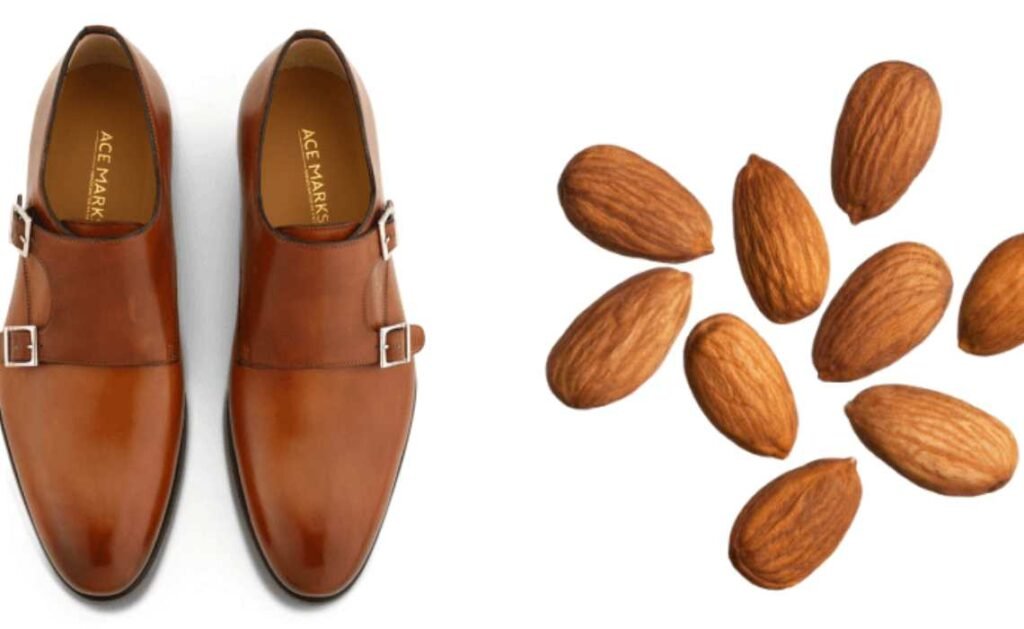
Almond toe is similar to a classic round toe, yet more pointed at its tips. As its name implies, this toe resembles the almond shape; from its side view, an almond shaped toe often flattens out and becomes low towards its end, mimicking this characteristic feature of an almond; however it may also feature a higher edge with rounded corners known as an “almond toe.”
Pointy toe
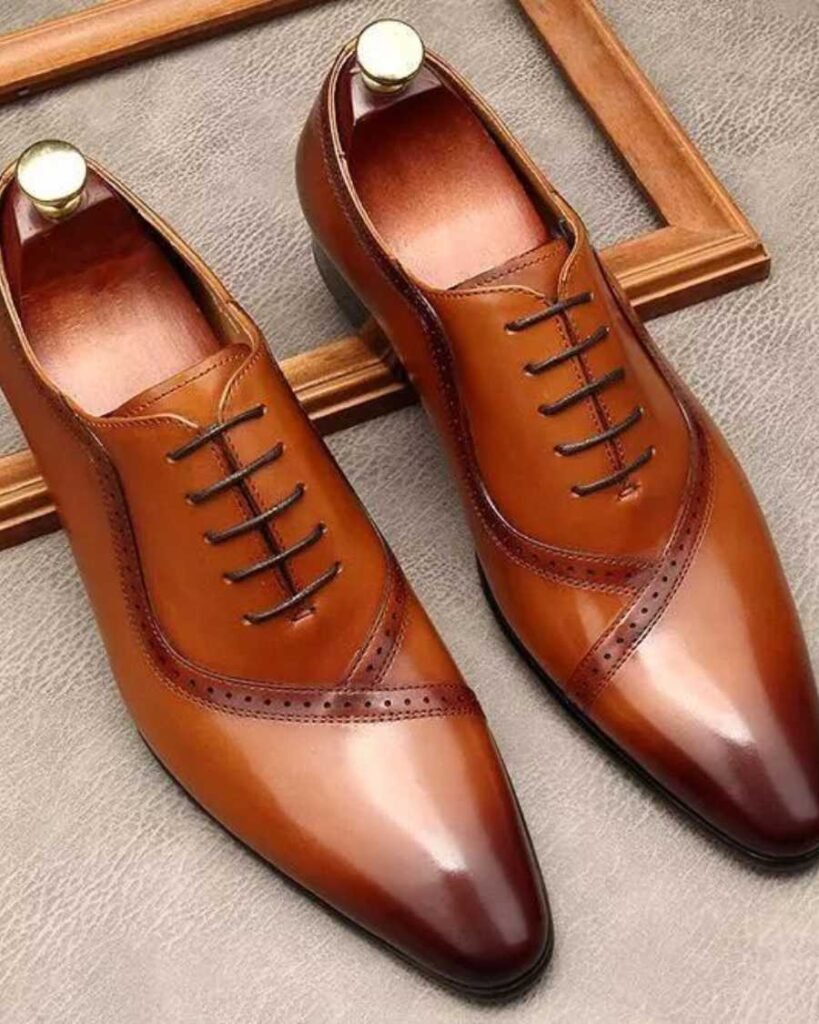
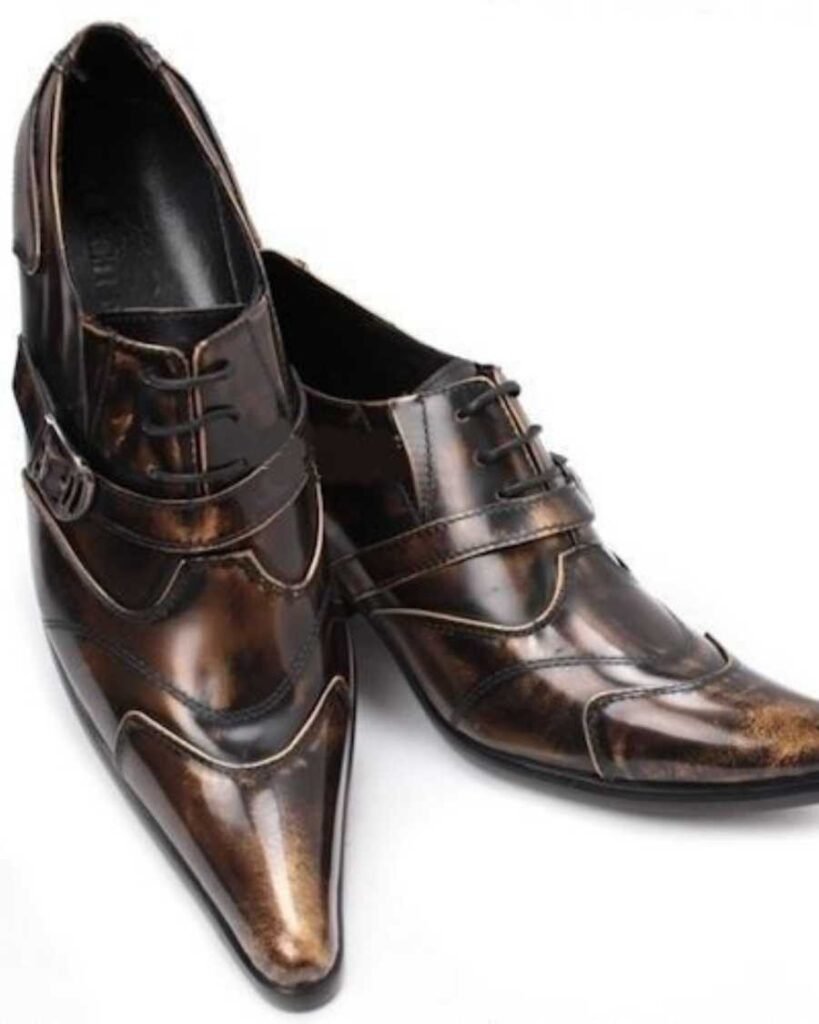
Pointy toe is the narrowest and most acute toe shape, featuring sharply tapered toes with round tips that narrow towards their tips for an acute pointy shape. These toes do not need to be as extreme as winklepickers that feature narrow and long toes; rather they should remain relatively moderate compared with winklepickers. In order to make room for all five toes in pointy toe shoes it requires drag out at its narrowest part so this type of shoe should have an ample distance between its longest toe and the shoe’s front for optimal functioning.
Soft square
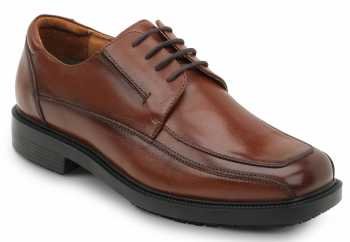
Soft square Finally, let’s turn our focus to angular forms of toe shapes. Of them all (surprisingly), this square type stands out as being the softest among them all (surprise..), featuring two sharpened edges at its base with a straighter tip between rounded but straighter curves than those seen with round toe shapes. Overall when speaking squares they appear low front due to being harder and strange looking when combined with high toe boxes.
Square toe
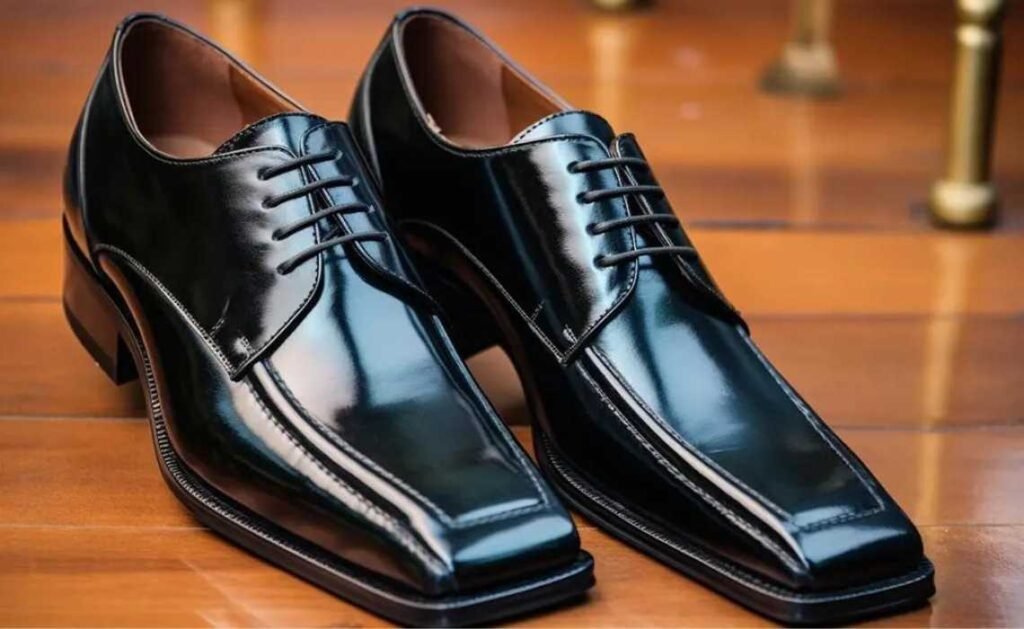
Here we see a sharper square shape with a straighter front edge. Determining exactly where the line between soft square and square lies can vary between manufacturers and individuals – it doesn’t have to be ultra sharp like Paolo Scafora to qualify as square.
Now we will discuss any epithets that may further describe each toe shape above, to further describe them.
Chiseled
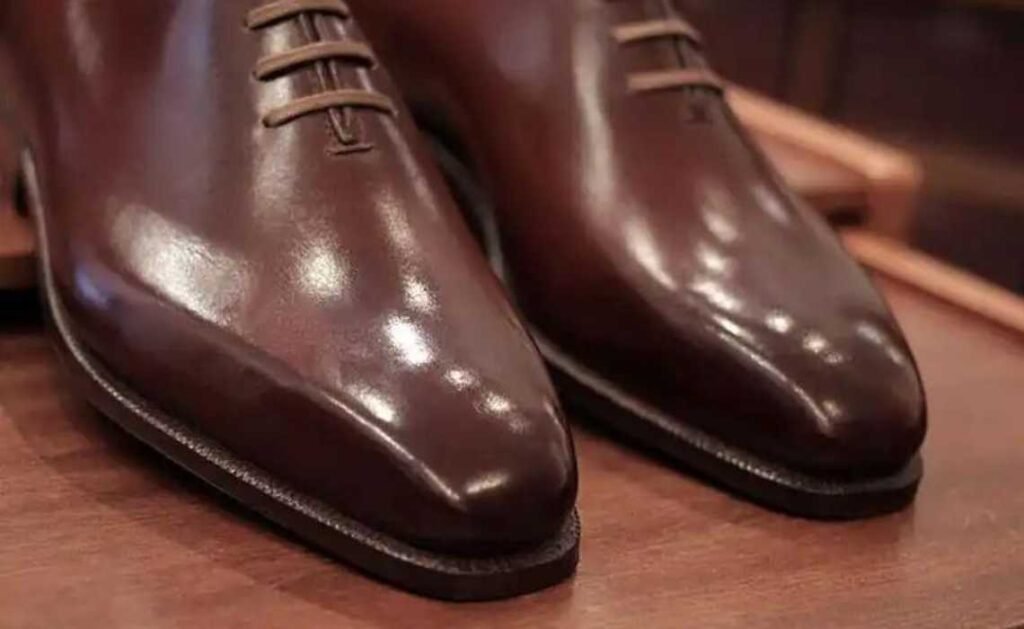
Chiseled toe is often misunderstood as it often connotes square toe. But toes can still be square without necessarily being chiseled. Complicating matters further, the term chiseled refers to two separate things which do not have to lie on one toe. I will try my best to clarify. Chiseled refers to when toes exhibit angular-shaped sides that appear like someone has “carved out” of it (dictionary definition: having a clean and clear outline that appears as though accurately cut along edges), creating an effect similar to when one uses a chisel for cutting shapes out with precision. But this term also describes when seen from side profile view there exists sharp edges connected by straight segments leading to another sharp edge (see picture for clarity).
Elongated

When the last and toe are deliberately stretched out and extended to increase their length. Both round or square toe shapes may be extended in this fashion. Sometimes non-native English speakers confuse this term with being “chiseled”, however a last can either only be elongated, only be chiseled, or both elongated and chiseled simultaneously.
Symmetrical

Symmetrical Laces with symmetrical lasts typically feature inward-turned toes on both sides, and an approximate center location for their toe. Given the shape of our feet, what we consider “symmetrical toe” may often appear more asymmetrical; so in this sense it can only ever be taken as an absolute concept. But back in earlier, poorer days when shoe manufacturing could not afford manufacturing shoes specifically tailored to each foot individually as such symmetrical shoes were manufactured instead, these were obviously less comfortable for any of their respective feet.
Asymmetric Toe
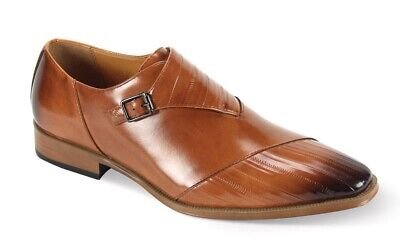
Asymmetric Toe Last A last with an asymmetric toe last is usually situated far inwards, wherein its inner part runs straight forward from the inner ankle, while its outer portion angles in more heavily than usual. Again, it can be difficult to determine where exactly to draw the line between symmetric and asymmetric shoes due to it being relative concepts interpreted differently by each viewer.

